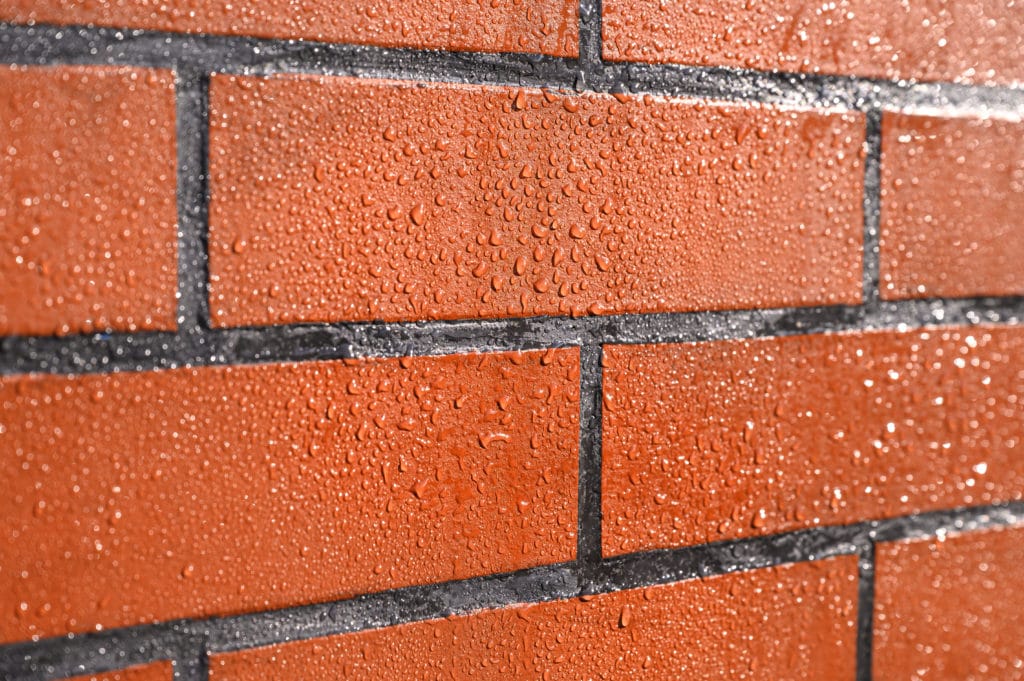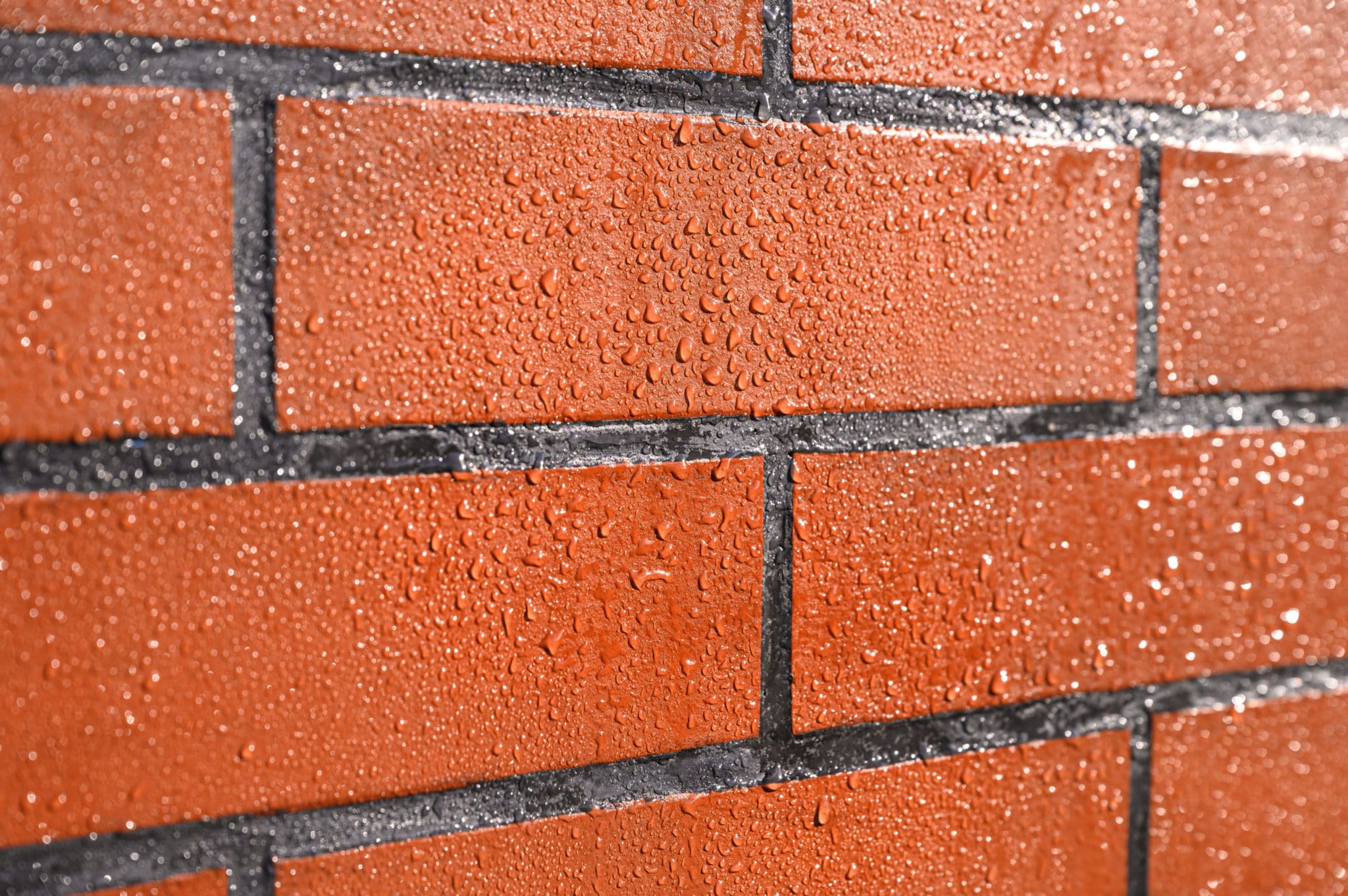Often, masonry repair is required due to moisture penetration within the wall. Without adequate moisture management controls in place, the intrusion can weaken the integrity of the building’s structure. However, that is not all. Moisture also creates an ideal environment for mold and other biological contaminants to thrive and reduces the thermal resistance of insulation materials, and more.
While tighter building codes mandate the design and implementation of waterproofing methods, absolute protection from the elements is unrealistic. Moisture may enter from the outside via wind-driven rain or snow and through cracks in the veneer. Further, moisture can also wreak havoc in the form of condensation from within.
At Abbot Building Restoration, we take pride in offering superior masonry repair reservices should you find yourself in such a situation. However, we also believe that eliminating the concern from the beginning is vital. Here, our experts provide you with an inside look at moisture management before the issue becomes of any trouble.

Weep Holes, Air Vents, and Masonry Repair
One of the most important aspects of a properly constructed building wall is a well-designed drainage system. A critical component of the drainage system is the “rainscreen drainage plane.” This is the space between the backside of the rainscreen and the front surface of a moisture-resistant coating or material.
Utilizing a series of weep holes, water is removed from the rainscreen drainage plane at transition details (i.e., brick to stucco), projection details (e.g., windows at top and bottom), and wall terminations (e.g., bottom and top of a wall). To be effective, weep holes must be frequently placed at the lowest point in the masonry wall, the bed joint of the mortar. Of course, as part of an effective rainscreen design, proper installation of flashings is also critical.
A well-designed drainage system also helps maintain air pressure equalization through a series of vents. The equalization process reduces the chance that high-pressure air laden with moisture will move deeper into the building envelope. With venting at both the top and bottom of the wall, the resulting airflow also assists in drying the building envelope.
Whether you look to address brick sealing or masonry repair needs, the experienced team at Abbot Building Restoration can assist. To learn more about our offered services, please contact us!
Whether via email at info@abbotbuilding.com, or by giving our experts a call at 617-445-0274, we look forward to speaking with you.


